How To Get Rid Of Cypress Spurge In Days Or Less
Here are some additional tips for getting rid of cypress spurge:
- Start early: The best time to start controlling cypress spurge is in the spring, before the plants have a chance to set seed.
- Be persistent: It may take several treatments to completely eliminate cypress spurge. Don't give up!
- Be careful: The milky sap from cypress spurge can be irritating to the skin. Wear gloves and eye protection when handling the plants.
Cypress spurge is a beautiful and easy-to-care-for plant that can add a touch of elegance to any garden. If you're interested in learning more about this plant, I encourage you to visit Home Gardening. This website has a wealth of information about cypress spurge, including its care requirements, planting tips, and pest and disease prevention.
FAQ of cypress spurge
- What is cypress spurge?
Cypress spurge (Euphorbia cyparissias) is a perennial plant native to Europe. It is a member of the spurge family (Euphorbiaceae), which includes over 2,000 species of plants. Cypress spurge is a small plant, typically growing 6 to 10 inches tall. It has narrow, linear leaves and yellow-green bracts that surround the inconspicuous flowers. The plant produces a milky sap that is poisonous to humans and animals.
- Is cypress spurge poisonous?
Yes, cypress spurge is poisonous. All parts of the plant contain a milky sap that is toxic. If ingested, the sap can cause nausea, vomiting, diarrhea, and even death. The sap can also irritate the skin and eyes.
- How do I control cypress spurge?
There are a number of ways to control cypress spurge. Some common methods include:
* Hand-pulling: This is the most effective way to control cypress spurge, but it can be time-consuming and labor-intensive. Be sure to wear gloves when hand-pulling cypress spurge, as the sap can irritate the skin.
* Mowing: Mowing can help to control cypress spurge, but it is not a permanent solution. The plant will resprout from the roots, so mowing will need to be repeated on a regular basis.
* Herbicides: There are a number of herbicides that can be used to control cypress spurge. However, it is important to choose a herbicide that is labeled for use on this plant.
* Cultural control: There are a number of cultural practices that can help to prevent the spread of cypress spurge. These include:
* Mowing regularly
* Removing infested plants
* Planting resistant species
- What are the symptoms of cypress spurge poisoning?
The symptoms of cypress spurge poisoning can vary depending on the amount of sap ingested. Some common symptoms include:
* Nausea
* Vomiting
* Diarrhea
* Abdominal pain
* Dizziness
* Headache
* Seizures
* Death
- What should I do if I think I have been poisoned by cypress spurge?
If you think you have been poisoned by cypress spurge, it is important to seek medical attention immediately. Do not induce vomiting unless instructed to do so by a healthcare professional.
Image of cypress spurge
- Cypress spurge plant in full bloom.
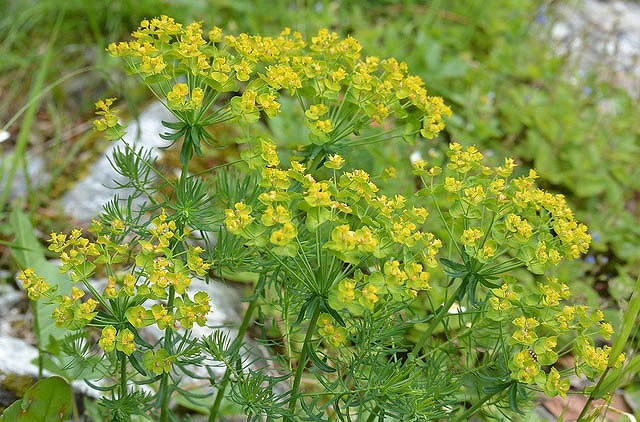
- Close-up of cypress spurge flowers.
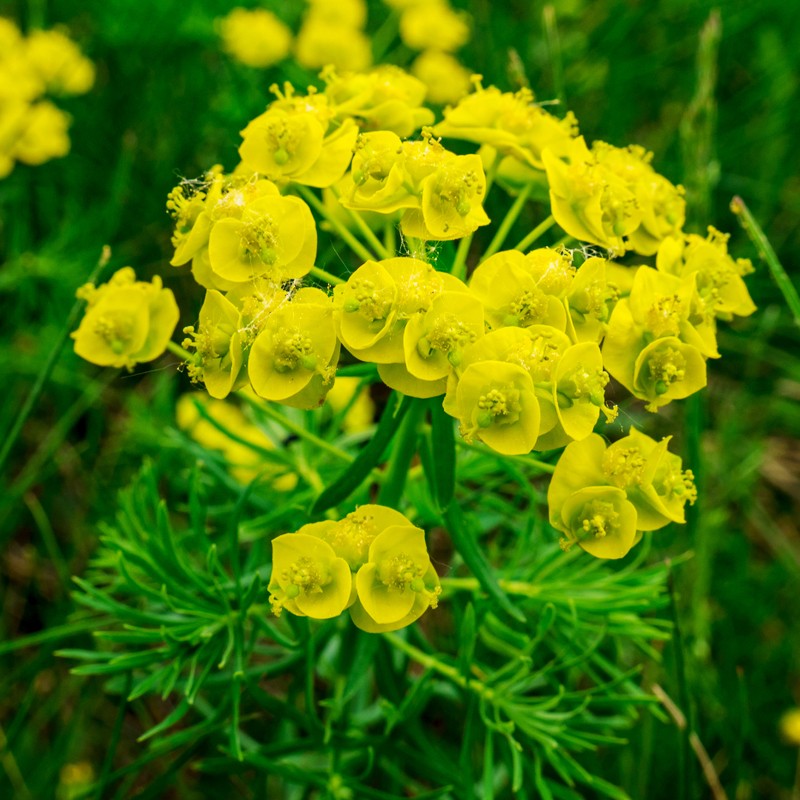
- Cypress spurge leaves.
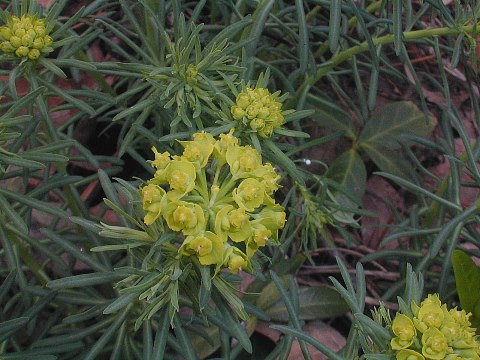
- Cypress spurge plant in a garden setting.
- Cypress spurge plant in a pot.
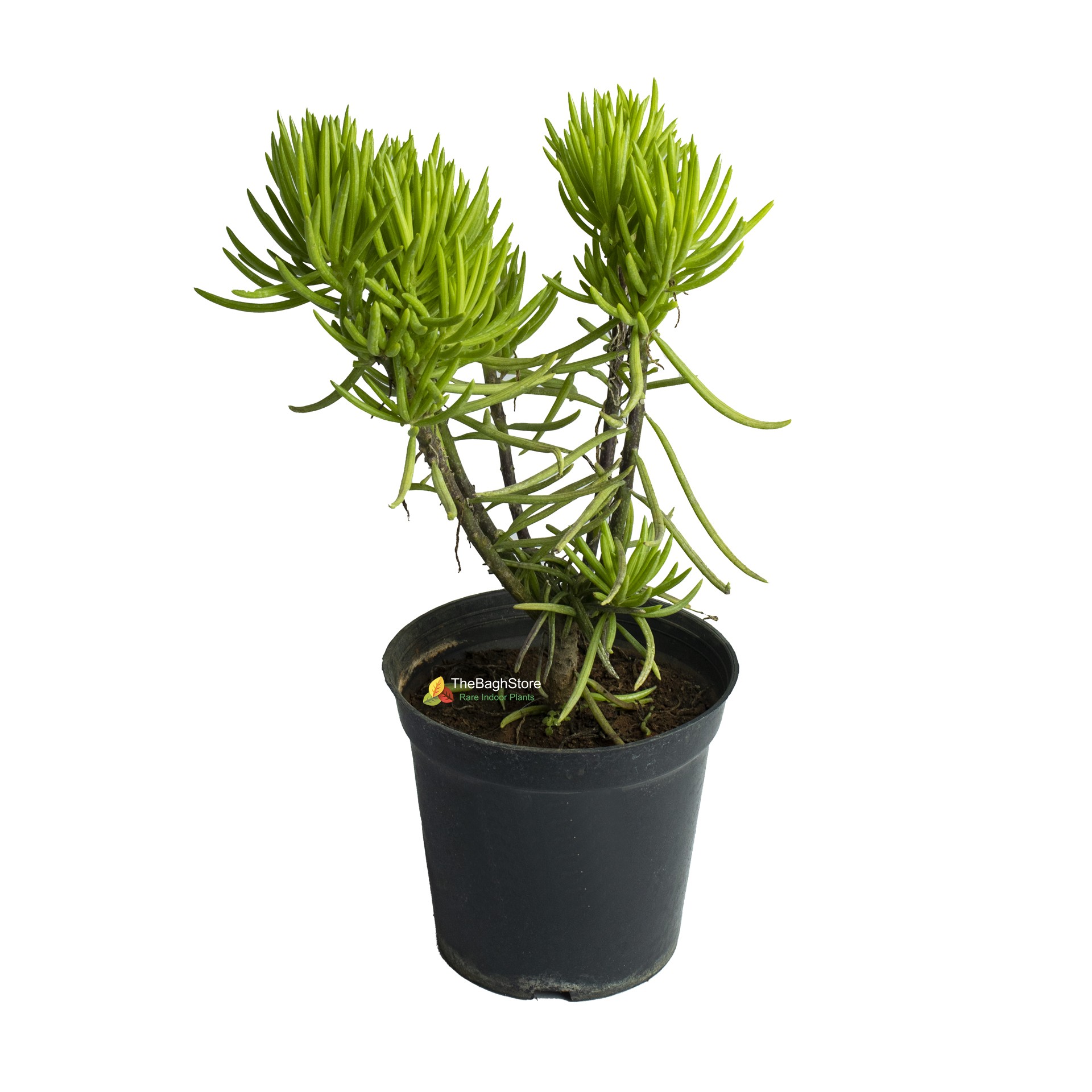
- Cypress spurge plant in winter.

- Cypress spurge plant in a meadow.
- Cypress spurge plant with butterflies.
- Cypress spurge plant with bees.

- Cypress spurge plant with seeds.
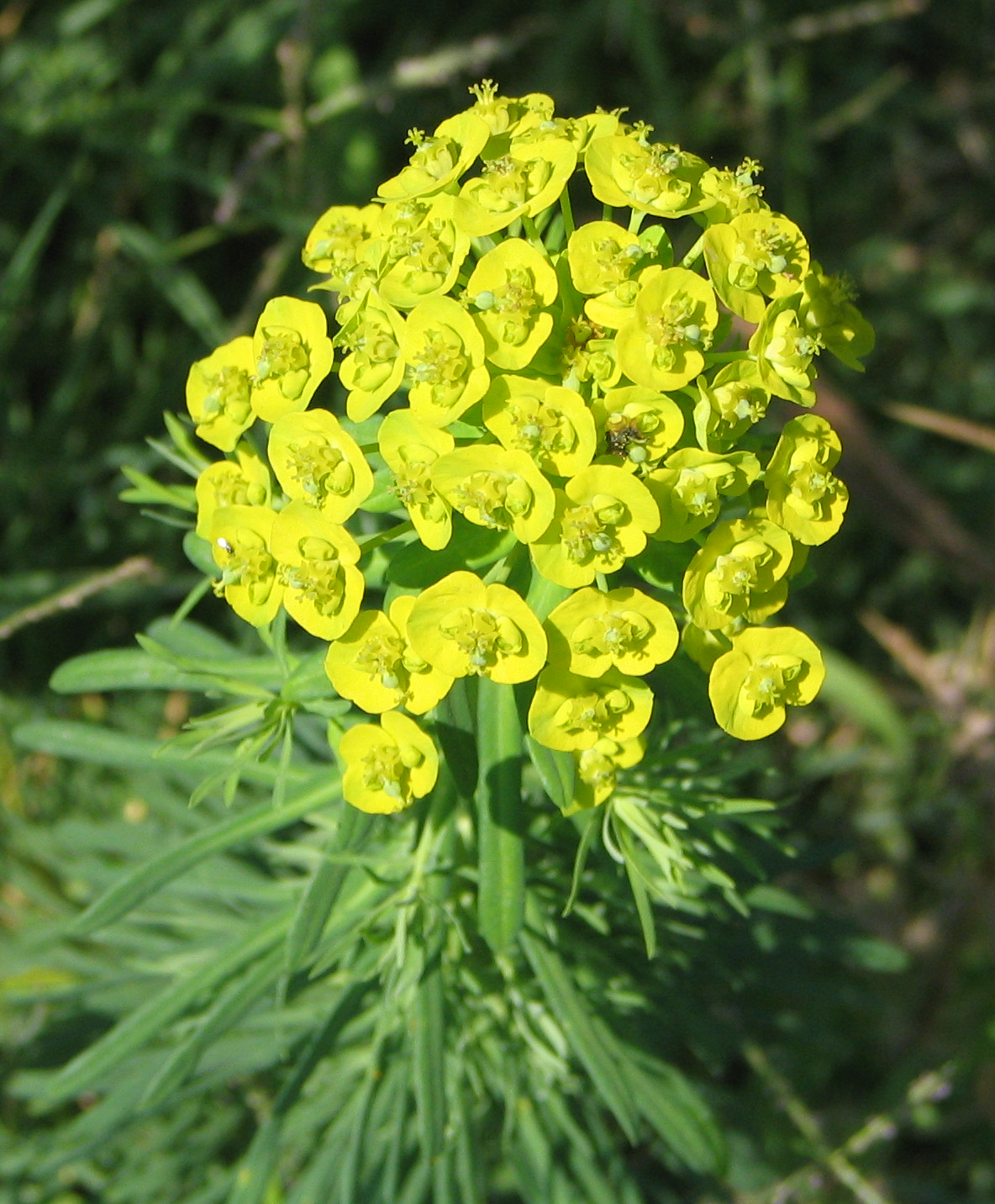

Post a Comment for "How To Get Rid Of Cypress Spurge In Days Or Less"